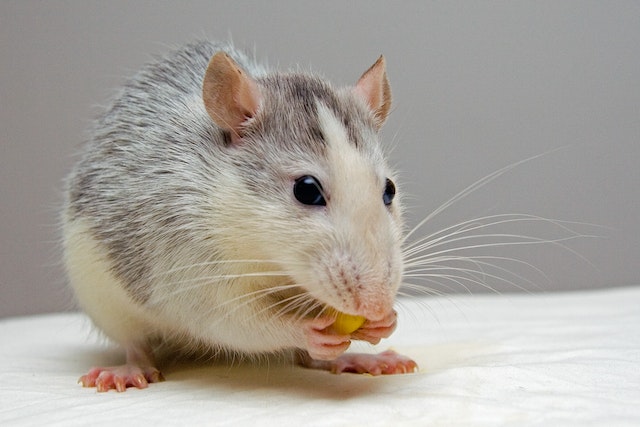Fumigation and Fogging: An In-Depth Analysis in Pest Control and Public Health
Fumigation and Fogging: In the dynamic world of public health and pest control, fumigation and fogging stand as critical interventions. These methods, rooted in scientific principles, are applied in various settings, from agricultural fields to urban landscapes, to control a wide range of pests, including insects, rodents, and microorganisms.
This article focuses into the scientific basis, methodologies, applications, and implications of fumigation and fogging, offering a comprehensive view for professionals in pharmaceutical science, genetic toxicology, and related fields.
Scientific Basis
Fumigation refers to the process of using gaseous pesticides or fumigants to suffocate or poison pests within an enclosed area. The choice of fumigant depends on its chemical properties, toxicity, and the nature of the target pest. Commonly used fumigants include methyl bromide, phosphine, and sulfuryl fluoride.
Fogging, on the other hand, involves the dispersal of a liquid pesticide in the form of tiny droplets or aerosols. This technique is effective in reaching pests in hard-to-reach areas and is widely used for controlling mosquitoes and other flying insects. Key agents used in fogging include pyrethrins and permethrin.
Methodologies and Applications
Fumigation
Enclosed Space Fumigation: This method is primarily used in warehouses, grain stores, and shipping containers. It requires sealing the area to prevent gas escape, ensuring effective pest eradication.
Soil Fumigation: Applied in agricultural settings, this method targets soil-borne pests and diseases. It's crucial for crop protection and yield enhancement.
Structural Fumigation: Used in buildings to control termites, beetles, and other structural pests. It requires evacuation of the area and post-fumigation ventilation.
Fogging
Thermal Fogging: Generates fog using heat, ideal for outdoor spaces. Common in mosquito control, especially in dengue or malaria-prone areas.
Cold Fogging: Utilizes high pressure to create a fine mist, suitable for indoor and outdoor use. Less disruptive compared to thermal fogging.
Safety and Environmental Concerns
Fumigants and fogging agents, being potent chemicals, pose significant health risks. Exposure can lead to acute and chronic health issues, emphasizing the need for stringent safety protocols. Environmental concerns include the potential for chemical residues in soil and water, as well as the impact on non-target species.
Innovations and Future Directions
Advancements in this field are focusing on developing safer, more environmentally friendly chemicals and application methods. Research is underway to explore biological control agents and integrated pest management (IPM) strategies that minimize chemical use.
Conclusion
Fumigation and fogging are indispensable tools in the global effort to control pests and protect public health. However, their application requires a balance between effectiveness and safety. Ongoing research and innovation are crucial to enhancing these methods, ensuring they remain viable tools in our collective effort to manage pests and safeguard health.




Comments
Post a Comment